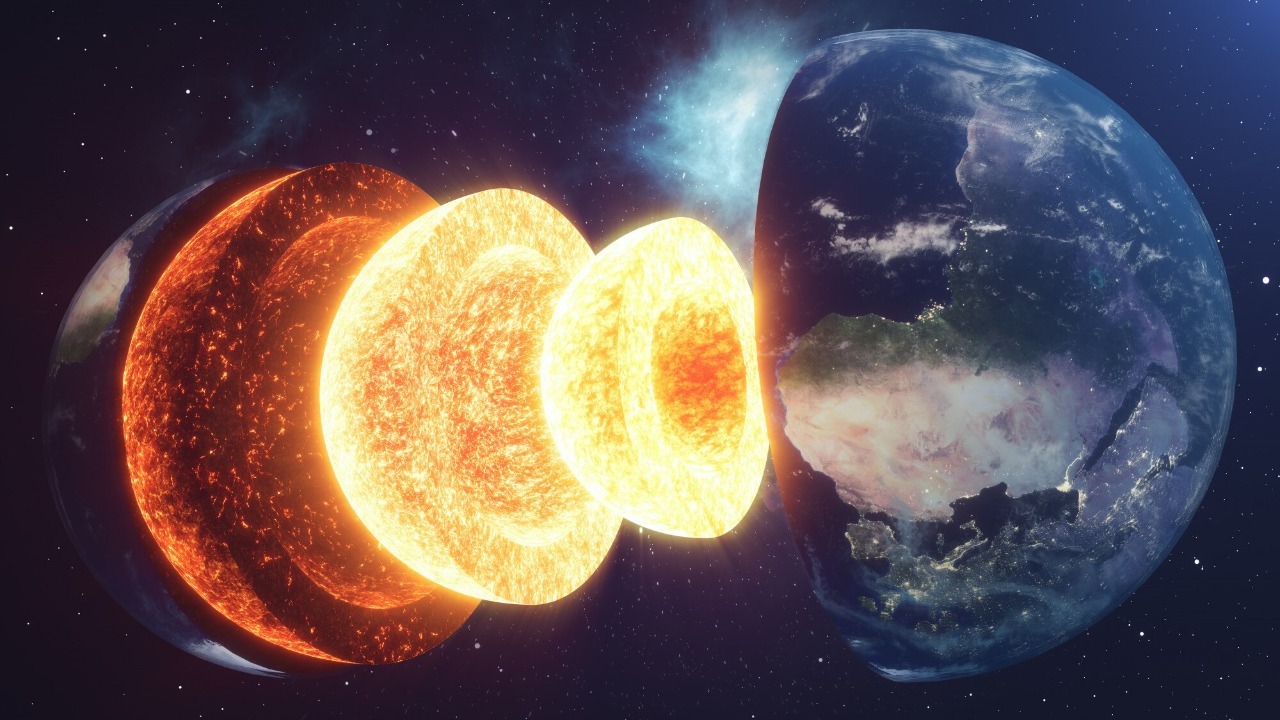
Recent scientific investigations have revealed that a significant portion of Earth’s crust has disappeared over millions of years, primarily due to extensive erosion. This discovery has shed light on how oceanic processes have effectively consumed large parts of the crust, thereby reshaping our understanding of planetary geology. The findings build upon previous research and provide an explanation for the long-standing imbalance in the volume of the Earth’s crust.
The Enigma of Earth’s Crustal Balance
The Earth’s crust, a complex layer of rocks and minerals, has been a subject of intense study for geologists. The observed volumes of oceanic and continental crust have consistently shown a discrepancy when compared to the expected volumes. This imbalance was first quantified through global seismic mapping and rock sampling data, revealing a missing mass that has puzzled scientists for years. The mystery is intrinsically linked to long-term tectonic cycles, with initial estimates from the 2010s suggesting that up to 25% of the expected crust was unaccounted for.
Early Clues from Subduction Zones
In 2016, scientists used seismic imaging techniques to trace remnants of the crust into deep ocean trenches. These studies provided evidence of crustal recycling at plate boundaries, where slabs of crust descend into the mantle. The Pacific Ring of Fire, a major area of seismic activity, was identified as a key location for this crustal disappearance. The findings suggested that subduction zones, where one tectonic plate slides under another, could be responsible for the missing crust.
Erosion’s Role in Crustal Loss
More recent studies in 2024 have shown that accelerated surface erosion plays a significant role in the loss of Earth’s crust. Weathering and river transport processes strip away layers of the crust, depositing the eroded material into ocean basins and effectively removing it from the active crust. Data on erosion rates in mountainous regions have quantified annual losses in cubic kilometers, providing a clearer picture of the scale of crustal erosion.
Oceans as Crustal Consumers
Research conducted in 2023 demonstrated how ocean floor spreading and chemical dissolution processes contribute to the dissolution of crustal basalt. Hydrothermal vents and seafloor weathering act as mechanisms that break down and redistribute the crust over geological timescales. Isotopic signatures in ocean sediments have been used to trace the “eaten” crust back to its continental origins, further supporting the theory of oceanic consumption of the crust.
Evolving Theories on the Missing Volume
In 2019, hypotheses emerged linking the absence of crust to combined tectonic and erosional forces acting over a period of 100 million years. These theories led to refined calculations of the size of the missing chunk of crust. However, debates continue on whether the missing crust was primordial or formed later in Earth’s history. These discussions are crucial in understanding the evolution of our planet and its geological processes.
Implications for Planetary Evolution
The recycling of the Earth’s crust has significant implications for mantle convection and volcanic activity worldwide. It also potentially impacts climate regulation through altered carbon cycling in eroded sediments. Future monitoring efforts are expected to use satellite altimetry to track ongoing losses in real time, providing valuable data for further research and understanding of our planet’s evolution.